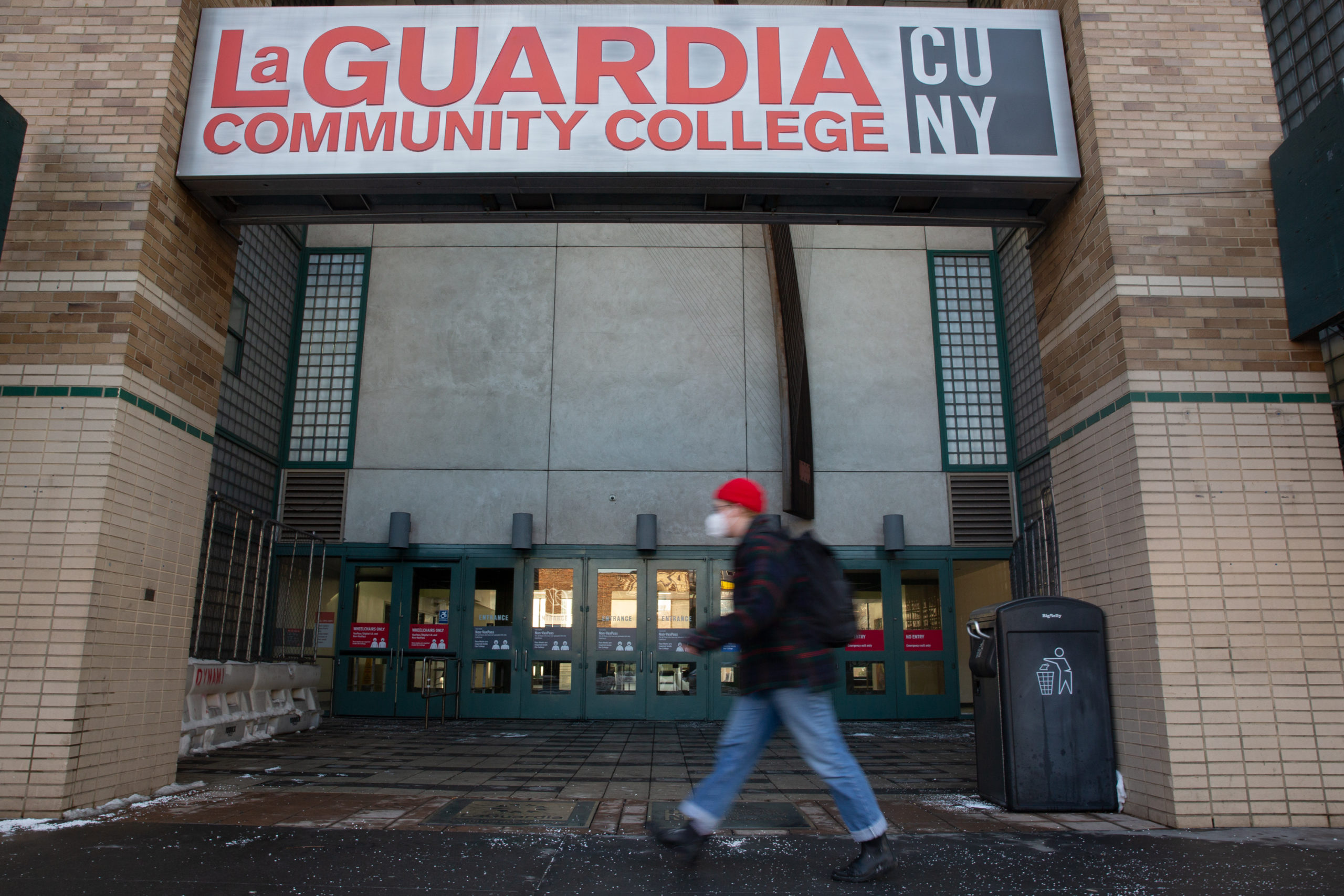CUNY Community Colleges Contend With Plunging Enrollment

 This article was originally published on by THE CITY.
This article was originally published on by THE CITY.
Brissbany Herrera sailed through her first semester at LaGuardia Community College in fall 2019, the first in her family of Peruvian immigrants to pursue higher education.
But midway through the Queens school’s spring semester in 2020, the pandemic knocked her off course — in addition to many of her neighbors in Elmhurst, a COVID-19 epicenter.

Brooklyn Boro
View MoreNew York City’s most populous borough, Brooklyn, is home to nearly 2.6 million residents. If Brooklyn were an independent city it would be the fourth largest city in the United States. While Brooklyn has become the epitome of ‘cool and hip’ in recent years, for those that were born here, raised families here and improved communities over the years, Brooklyn has never been ‘uncool’.